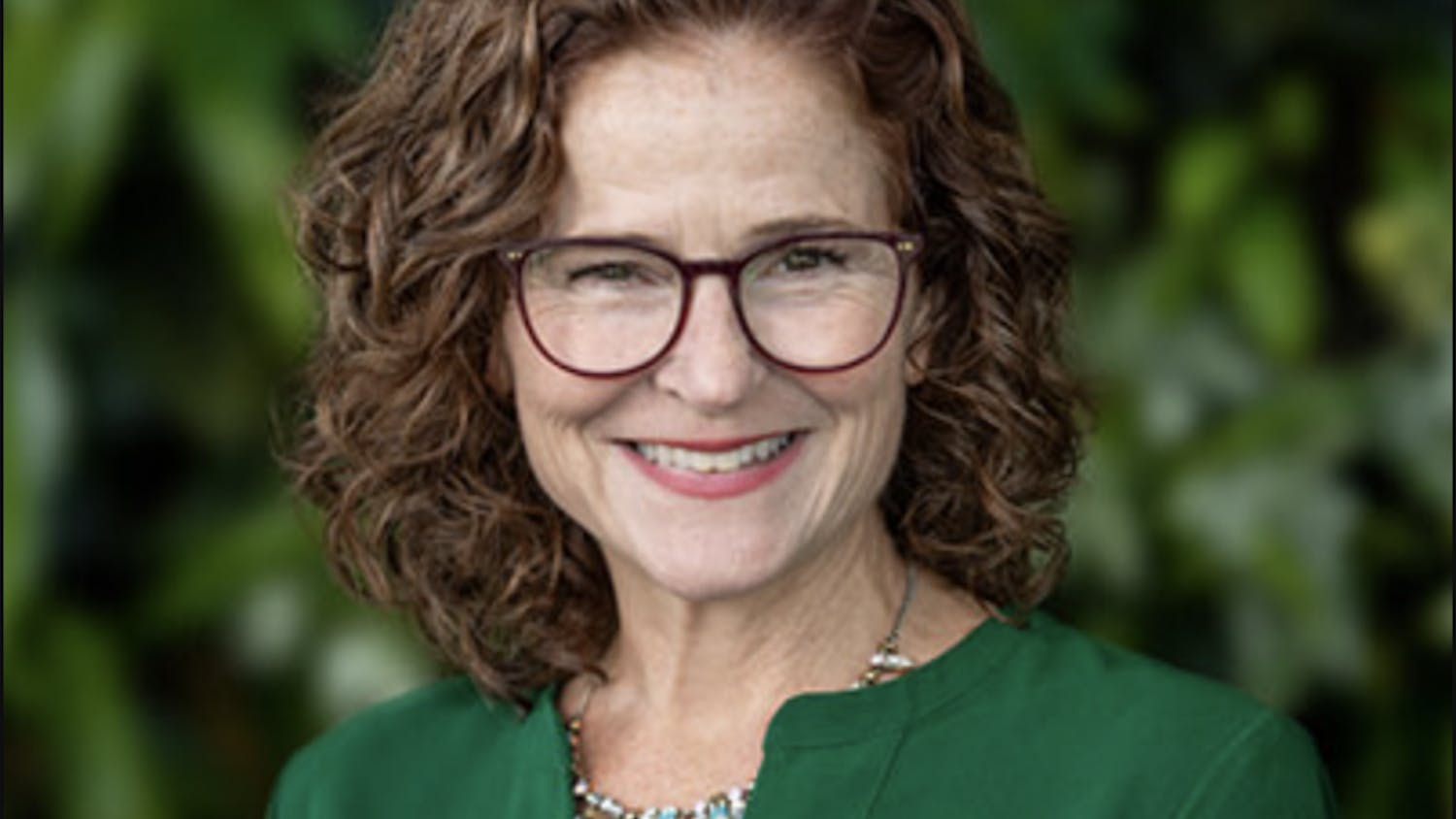Notre Dame professors Joan Brennecke and Prashant Kamat were earlier this month recognized in a ranking of the top 100 chemists of the past decade by the Times Higher Education Group.
The ranking system considers the number of publications a given scientist produced and the number of citations those publications received. Brennecke was ranked No. 45 with an average of 74.26 citations per composition, and Kamat earned the No. 58 spot with 64.9 citations per composition.

Brennecke has been a professor at Notre Dame's College of Engineering since 1989. Most of her work the Times Higher Education Group consulted was dedicated to developing ionic liquids for energy applications.
"An ionic liquid is a salt much like table salt. However, they are in liquid form and kept at room temperature," Brennecke said. "What is neat about them, and the feature which is essential to our research, is the fact that they contain no vapor pressure, so they do not evaporate."
Brennecke and her team use these ionic liquids to separate carbon dioxide from flue gas from power plants.
"We cannot remove carbon dioxide because it is both incredibly expensive and energy inefficient," Brennecke said. "If we continue using current technology to remove carbon dioxide, 30 percent of the energy would be used from the particular power plant."
Brennecke said the ionic liquids she uses are less energy intensive, therefore making them less expensive. Instead of using 30 percent of the power plant's energy with current technology, Brennecke's ionic liquids use 15 to 22 percent.
Professor Kamat, a faculty member of the College of Science, focuses his work on light and energy convulsion using mostly nanostructure materials.

"The first step in controlling carbon emissions is to develop clean energy technology," Kamat said. "Our research team uses various nanomaterials and assembles them in an orderly fashion to harvest light energy. We use these assemblies to develop next generation solar cells. The goal is to provide cheaper and more efficient energy conversion systems than our current technology."
Fifth-year graduate student Kevin Tvrdy, who works with Kamat, said the reason for much of his professor's success is his emphasis on recognizing new trends within the field of chemistry.
"Kamat has the ability to recognize new trends in the fields of both chemistry and chemical engineering before most other people realize those trends," Tvrdy said. "As a result, our group can do the new and up-and-coming research before everyone else does, an accomplishment which designates us as leaders."
Second-year graduate student Sachidananda Krishnamurthy has worked with both Kamat and Brennecke.
"They both display a lot of exuberance and enthusiasm for their work," Krishnamurthy said. "They provide a great example for their students."
Both professors attribute much of their success to Notre Dame.
"Notre Dame has had several new initiatives including Provost's Strategic Research Investment (SRI) during the past 10 years to enable researchers to carry out competitive research," Kamat said. "Interaction with faculty members in other departments, the efforts of both undergraduate and graduate students, and research collaborations with leading scientists outside of campus have all helped us to establish a leading research program here at Notre Dame."
"This top-100 list comprises chemists across the world," Brennecke said. "It says a lot about Notre Dame that we have two professors on such a list."
Kamat said that while both he and Brennecke have reached an exceptional milestone, their work is still not done.
"It is always nice to have new undergraduates and graduate students coming in to our research laboratory," Kamat said. "These researchers in the future can make a huge difference in meeting the challenge of finding new ways to convert and store energy."












